“There were many photographers at Jamaica. Like painters, writers, filmmakers, journalists. Or, better said, there were many young people who had taken it into their heads to do one of these jobs - and who would have managed to do it, and, in many cases, very well. For anyone born and raised in Jamaica, their most beautiful photographs remain those there, with four or five very young young people sitting on the iron chairs in the "garden", or inside, against the background of white tiles, in vague, dreamy and incomprehensible poses , in front of a glass of white wine and other things - invisible things, these, and yet, if you look closely, confusedly mirrored in their pupils and perhaps even depicted as cheap enigmas in the poses of their inconsistent, all too vulnerable pride..."
(Emilio Tadini, Jamaica. Il caffè degli artisti visto attraverso l’obiettivo dei suoi fotografi, s.e., Milano 2001)
"I was born a hundred feet from Jamaica Bar, in Via Solferino, number 8. I knew that in addition to the artists, the place was frequented by photographers. All my friends used to go to another place, where they played cards or billiards, but I was more drawn to that world… One morning, a gentlemen walks up to me, says he needs an assistant and asks if I’d be willing. It was Ugo Mulas. Ugo took me with him and taught me many things. I really am very grateful to Ugo. he showed me how to print, I did it for him, then i began to do so for many other photographers, from Alfa Castaldi to Irving Penn, when he did photo-reportages in Milan… I was with Ugo just over a year and a half and then I went on to work alone. I took lots of pictures, but what I earned my living with, initially, was the darkroom."
(Carlo Orsi in No Photoshop e altre storie: una conversazione con Carlo Orsi, in Carlo Orsi. No photoshop, edited by Federico Sardella, catalogue of the exhibition at Raffaella De Chirico Galleria d’Arte, Turin, October 6 - November 18, [Turin: Raffaella De Chirico Galleria d’Arte 2011], 8)
Bar Jamaica is a historic cafe in Milan, known for being an important meeting place for artists, intellectuals, and leading figures of the city’s cultural scene throughout the 1950s and 1960s. Founded in the 1930s, the venue became famous in the postwar period when it became a meeting place for painters, writers, photographers, and directors, especially for its unconventional atmosphere and its proximity to the Brera Academy of Fine Arts. Among its most notable regulars were Lucio Fontana, Piero Manzoni, Giovanni Testori, Dario Fo, Ugo Mulas, and other leading figures of the artistic avant-garde of the time. The Jamaica served as a space for cultural exchange and experimentation, helping to shape the creative identity of postwar Milan. To this day, it is considered a symbol of the city’s artistic and intellectual tradition.
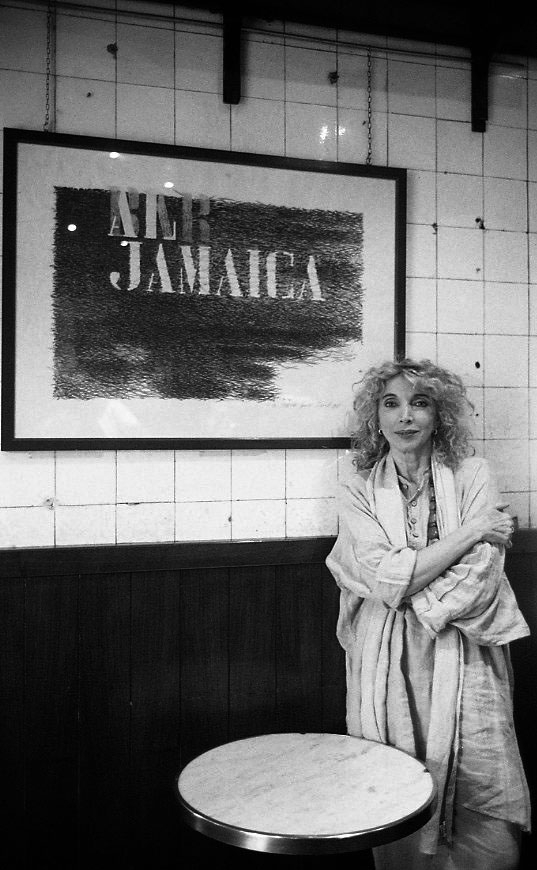
“There were many photographers at Jamaica. Like painters, writers, filmmakers, journalists. Or, better said, there were many young people who had taken it into their heads to do one of these jobs - and who would have managed to do it, and, in many cases, very well. For anyone born and raised in Jamaica, their most beautiful photographs remain those there, with four or five very young young people sitting on the iron chairs in the "garden", or inside, against the background of white tiles, in vague, dreamy and incomprehensible poses , in front of a glass of white wine and other things - invisible things, these, and yet, if you look closely, confusedly mirrored in their pupils and perhaps even depicted as cheap enigmas in the poses of their inconsistent, all too vulnerable pride..."
(Emilio Tadini, Jamaica. Il caffè degli artisti visto attraverso l’obiettivo dei suoi fotografi, s.e., Milano 2001)
"I was born a hundred feet from Jamaica Bar, in Via Solferino, number 8. I knew that in addition to the artists, the place was frequented by photographers. All my friends used to go to another place, where they played cards or billiards, but I was more drawn to that world… One morning, a gentlemen walks up to me, says he needs an assistant and asks if I’d be willing. It was Ugo Mulas. Ugo took me with him and taught me many things. I really am very grateful to Ugo. he showed me how to print, I did it for him, then i began to do so for many other photographers, from Alfa Castaldi to Irving Penn, when he did photo-reportages in Milan… I was with Ugo just over a year and a half and then I went on to work alone. I took lots of pictures, but what I earned my living with, initially, was the darkroom."
(Carlo Orsi in No Photoshop e altre storie: una conversazione con Carlo Orsi, in Carlo Orsi. No photoshop, edited by Federico Sardella, catalogue of the exhibition at Raffaella De Chirico Galleria d’Arte, Turin, October 6 - November 18, [Turin: Raffaella De Chirico Galleria d’Arte 2011], 8)
Bar Jamaica is a historic cafe in Milan, known for being an important meeting place for artists, intellectuals, and leading figures of the city’s cultural scene throughout the 1950s and 1960s. Founded in the 1930s, the venue became famous in the postwar period when it became a meeting place for painters, writers, photographers, and directors, especially for its unconventional atmosphere and its proximity to the Brera Academy of Fine Arts. Among its most notable regulars were Lucio Fontana, Piero Manzoni, Giovanni Testori, Dario Fo, Ugo Mulas, and other leading figures of the artistic avant-garde of the time. The Jamaica served as a space for cultural exchange and experimentation, helping to shape the creative identity of postwar Milan. To this day, it is considered a symbol of the city’s artistic and intellectual tradition.
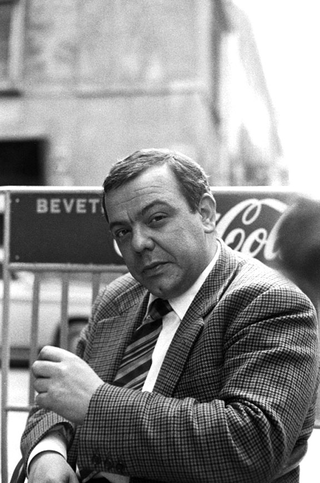
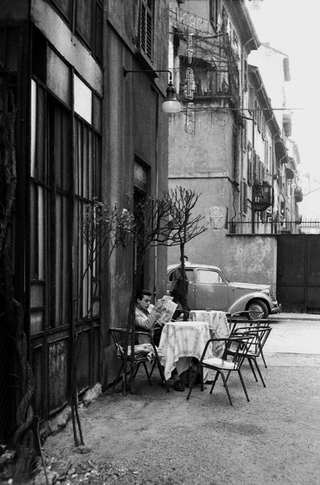
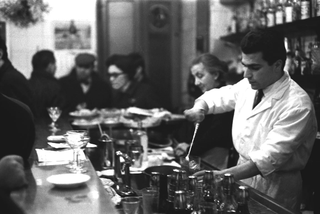
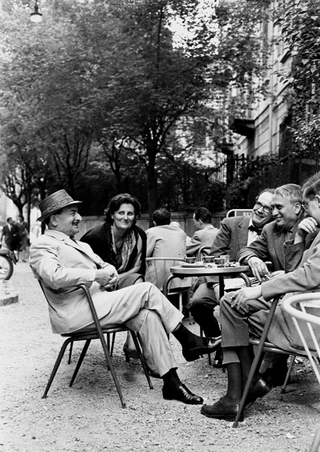
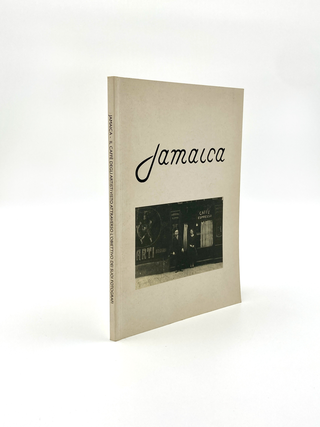
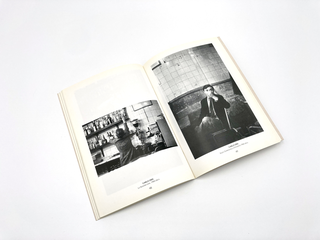
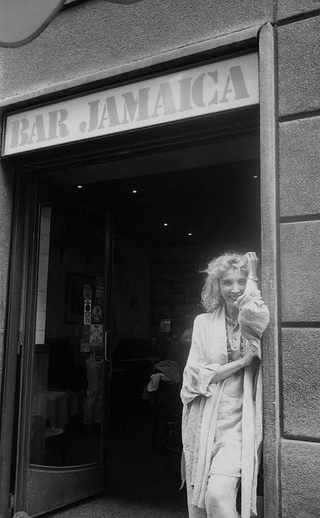
Social
Contatti
archivio@carloorsi.com